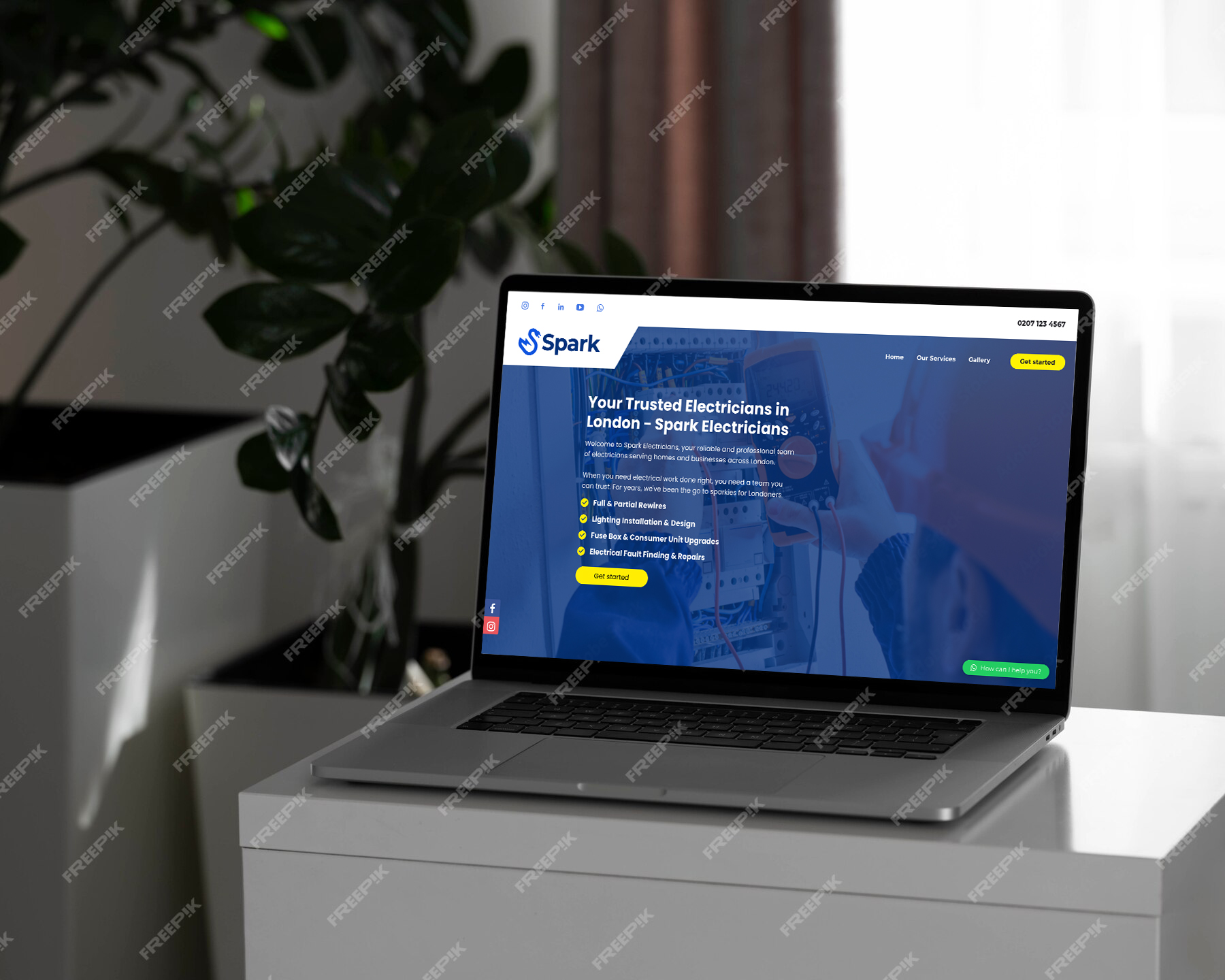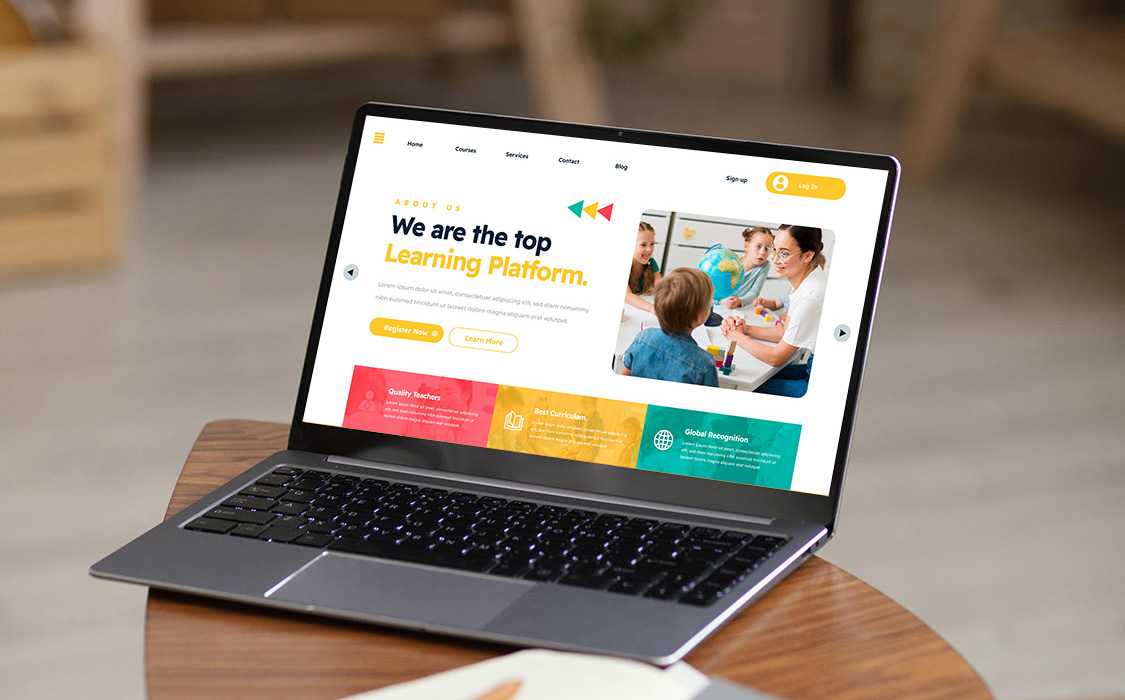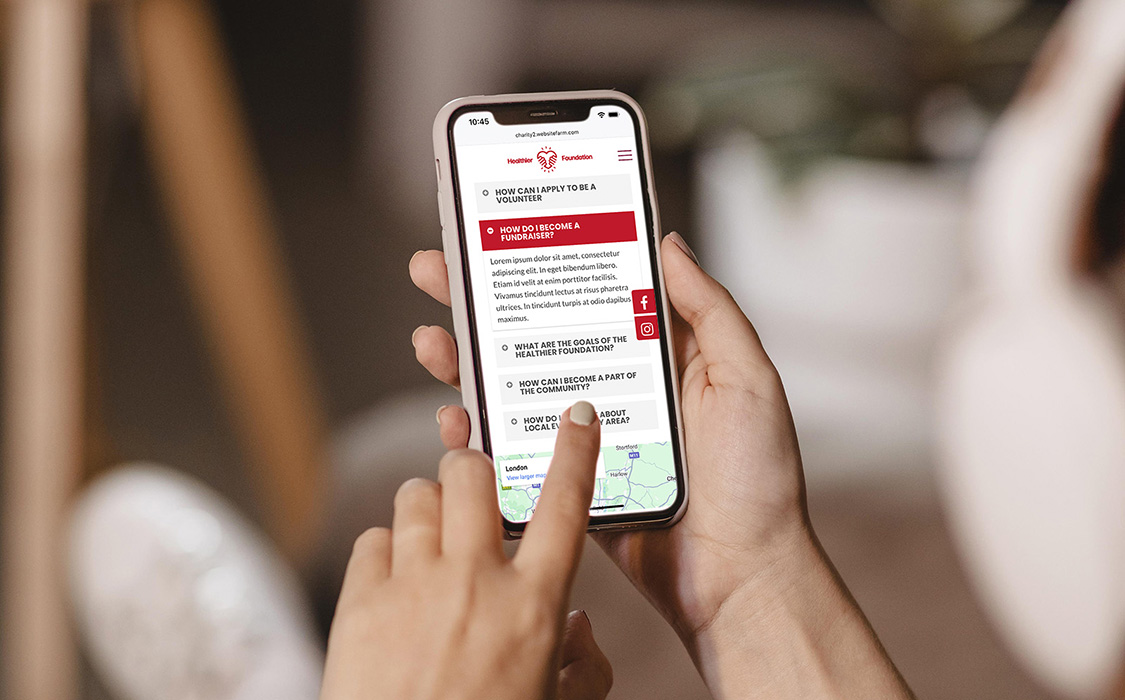Web Design Trends to Watch in 2025: How to Stay Ahead of the Curve
The world of web design is constantly evolving, with new trends and technologies emerging every year. As we move into 2025, businesses must stay ahead of the curve to create visually appealing, user-friendly, and functional websites that meet the expectations of modern users. Whether you’re designing a website from scratch or updating an existing one, understanding the latest web design trends can give your website the competitive edge it needs.
In this article, we’ll explore the top web design trends of 2025, and how WordPress website management and responsive web design play crucial roles in ensuring your site stays up-to-date and relevant.
Dark Mode Design
Dark mode has been gaining popularity over the past few years, and in 2025, it’s expected to become even more prevalent. This sleek and modern design option not only enhances the visual appeal of a website but also reduces eye strain, especially in low-light environments. Many users prefer dark mode because it offers better contrast and can help save battery life on mobile devices.
As more people shift toward using dark mode on their devices, having a website that supports this design will improve the user experience. In fact, many apps and websites now offer dark mode as an option, and implementing this feature on your WordPress website can keep your design current and aligned with modern trends.
 Minimalist and Clean Designs
Minimalist and Clean Designs
Simplicity continues to dominate the web design landscape. Minimalist designs, with clean layouts, ample white space, and easy-to-read typography, are expected to be a major trend in 2025. These designs prioritise user experience by focusing on essential elements, removing distractions, and making navigation intuitive.
A minimalist design helps ensure that users can easily find the information they need, enhancing the overall user experience. With WordPress website management, it’s easy to create and maintain a minimalist website. By choosing simple, effective themes, you can ensure your website is both aesthetically pleasing and functional.
Immersive 3D and Interactive Elements
3D elements, animations, and interactive features are becoming more common as web technology advances. From interactive product displays to 3D animations that engage users, these immersive features help make websites more engaging and dynamic.
Incorporating interactive and 3D elements into your website can create an immersive experience that keeps users engaged longer. These features are particularly useful for e-commerce websites and portfolios, where users benefit from viewing products or services in a more dynamic, engaging way. As part of website management, ensure that these features are optimised for fast loading and smooth performance, so they don’t slow down your site.
Mobile-First and Responsive Web Design
With over half of all web traffic now coming from mobile devices, responsive web design has become a non-negotiable aspect of web development. Websites must be optimised for various screen sizes, from smartphones to desktops, to ensure a seamless user experience. A responsive design ensures that your website automatically adjusts to fit different devices, providing users with a consistent experience no matter how they access your site.
Google uses mobile-first indexing, meaning it prioritises the mobile version of your site for ranking purposes. By ensuring your website is responsive, you’ll improve both user experience and SEO rankings. WordPress website management offers easy-to-use themes and plugins that can help you implement responsive design, making it simple to adapt your site for various devices and screen sizes.
Voice Search Optimisation
As voice-activated devices like Amazon Alexa and Google Assistant become more integrated into daily life, optimising your website for voice search is essential. This trend will continue to grow in 2025 as more users opt for voice commands over typing in search queries.
Voice search is revolutionising the way users interact with websites. Optimising for voice search means adjusting your content to use natural, conversational language that matches how people speak. WordPress website management tools can help you optimise your site for voice search by making it easier to implement structured data, improve page load times, and enhance overall SEO.
Custom Illustrations and Graphics
In 2025, businesses are moving away from stock images and opting for custom illustrations and graphics. These unique, branded visuals help websites stand out and convey a more personalised, professional image. Custom illustrations can be used in a variety of ways, from storytelling elements to icons and infographics.
Custom illustrations not only enhance your website’s aesthetics but also help you differentiate your brand from the competition. If you’re managing your website using WordPress, you can easily integrate these custom elements with plugins and design tools that support unique, visually appealing content.
AI-Powered Chatbots and Automation
Artificial intelligence (AI) is playing an increasingly important role in web design. Chatbots and other AI-driven automation tools are being used to enhance customer service, provide personalised recommendations, and streamline user interactions. These features make websites more interactive and help businesses provide real-time support to their customers.
Integrating AI-powered chatbots into your WordPress website can improve the user experience by providing instant responses to inquiries. WordPress website management tools often have plugins that make it easy to add chatbots and other AI features to your site, increasing engagement and reducing bounce rates.
Microinteractions for User Engagement
Microinteractions are small, subtle design elements that engage users without overwhelming them. These include hover effects, button animations, or small sound effects triggered by certain actions. While seemingly simple, microinteractions make a big impact on user experience by providing immediate feedback and enhancing the website’s interactivity.
Microinteractions can make your website feel more polished and responsive. They guide users through their journey on your site, subtly encouraging them to take actions such as clicking a button, filling out a form, or exploring more content. These features can be easily implemented into WordPress themes and plugins.
 Accessibility and Inclusive Design
Accessibility and Inclusive Design
As web accessibility becomes a more prominent concern, businesses are increasingly adopting inclusive design practices to ensure their websites are usable by everyone, including people with disabilities. In 2025, accessibility will be a major trend, with websites focusing on colour contrast, text size, keyboard navigation, and alt text for images.
An accessible website not only reaches a wider audience but also ensures compliance with regulations such as the Americans with Disabilities Act (ADA). With WordPress website management, you can implement accessibility features easily through themes, plugins, and tools designed to make your site usable for all visitors.
Staying on top of web design trends in 2025 is essential for businesses that want to provide an engaging, modern, and user-friendly experience. Whether you’re implementing responsive web design to ensure mobile optimisation, adopting dark mode or custom illustrations to stand out, or integrating AI-driven features for enhanced customer service, these trends will help you keep your website relevant and competitive.
By making use of our website management services, businesses can easily incorporate these trends into their website design without the need for extensive technical knowledge. WordPress provides a user-friendly platform that allows for easy updates, customisation, and optimisation, making it the ideal choice for businesses looking to stay ahead of web design trends in 2025 and beyond.

 Minimalist and Clean Designs
Minimalist and Clean Designs Accessibility and Inclusive Design
Accessibility and Inclusive Design